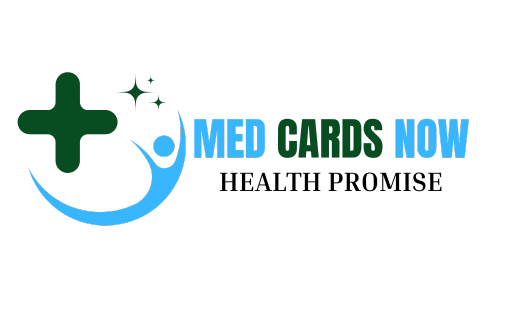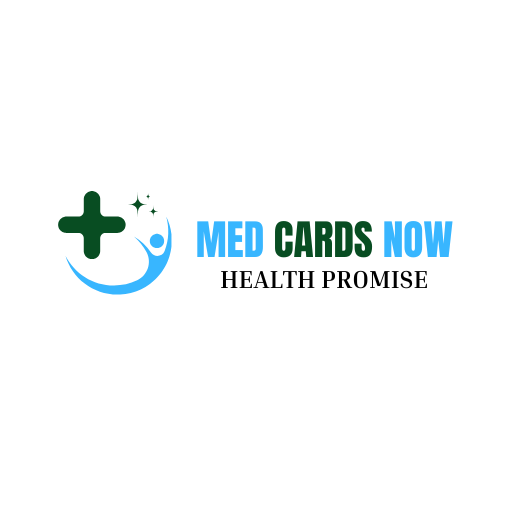11 High CBD Cannabis Strains to Ease Anxiety
Cannabis is a go-to remedy for some folks living with anxiety. But not all cannabis is created equal. Some strains can bring on or worsen anxiety. The key is to choose a strain with a high CBD-to-THC ratio Cannabidiol (CBD) and tetrahydrocannabinol (THC) are the main active compounds in cannabis. They’re both similar in structure, but there’s one big difference. THC is a psychoactive compound, and CBD is not. It’s THC that causes the “high” associated with cannabis, including the anxiety and paranoia that some people experience. While not a treatment for anxiety, using high CBD strains might help ease certain symptoms, especially when combined with other tools, like therapy. We combed through Leafly’s strain explorer to find 11 CBD-dominant strains worth trying if you’re looking for something on the mellower side. 1. Remedy Remedy is a 14% CBD strain that produces little to no psychoactive effects. It’s got a lemon-pine scent. Most users recommend it for its ability to mellow you out without the intense head and body effects of high THC strains. 2. ACDC This is another 14% CBD strain preferred by people looking to relieve stress, anxiety, and pain without feeling stoned. It contains no relevant amount of THC. The two most common words used to describe its effects are “relaxed” and “happy,” according to reviews on Leafly. 3. Lifter Lifter is a newer player in the cannabis game. It averages around 16% CBD with next to no THC. Its aroma is described as “funky cheese with a hint of fuel.” Its uber-relaxing effects won’t dampen your focus or function. 4. Charlotte’s Web This is one of the best-known high CBD strains. It contains around 13% CBD with 1% THC. It’s used in several health and wellness products to help ease anxiety, pain, and depression without any psychoactive effects. 5. Cherry Wine If you like the smell of wine and cheese, Cherry Wine’s your strain. It averages around 17% CBD with less than 1% THC. According to user reviews, it relaxes your brain and muscles without mind-altering effects. 6. Ringo’s Gift This CBD strain has an average CBD-to-THC ratio of 13:1, but you may find strains as high as 20:1. Ringo’s Gift is a cross of two high CBD strains: ACDC and Harle-Tsu, which is next on our list. Users report an improvement in anxiety and stress levels after using this strain. They also noted improved sleep as another effect. 7. Harle-Tsu This award-winning strain averages around 13% CBD but often tests much higher. It was named the best CBD flower at the 2014 Emerald Cup. Lab tests found it to contain 21.05% CBD and 0.86% THC. This ratio makes it a favorite for people looking to lower anxiety and boost their mood and focus. 8. Sour Tsunami This was one of the first high CBD strains ever bred and remains a fan favorite. It has an average CBD-to-THC ratio of 13:1 or even lower THC. Users report feeling relaxed and happy without that “heavy body” feeling. 9. Elektra Elektra averages around 16% CBD with less than 1% THC. Some user reviews say it’s tested as high as around 20% CBD. People love it for its relaxing effect that doesn’t totally wipe you out. 10. Sour Space Candy This high CBD strain has some sour notes as far as aroma, but it gets praise from people who use it to relieve symptoms of anxiety and depression. Sour Space Candy has an average of 17% CBD and 1% THC. 11. Suzy Q Suzy Q isn’t as high in CBD as some other strains. It comes in at about 11% CBD with little THC. It’s considered a good choice for helping to relax an anxious mind and tense muscles without knocking you out. Safety tips Even if you’re going with a high CBD strain, most still contain some THC, even if it’s less than 1%. Still, since it’s hard to predict how any amount of THC will affect someone, a little caution is always a good idea. Here are some tips that can help make your experience a little safer when trying a new strain: Also, keep in mind that individual states have their own legislation regarding legal levels of CBD and THC. Check your state’s legislation for specific information. Be mindful of other state laws when traveling with cannabis. The bottom line Research continues into cannabis, specifically CBD, as a potential way to manage anxiety. While it isn’t a tried-and-true remedy, some people find it helpful for easing some of their symptoms. If you want to give high CBD strains a try, just be sure to keep up with any anxiety treatments prescribed by your healthcare professional.


